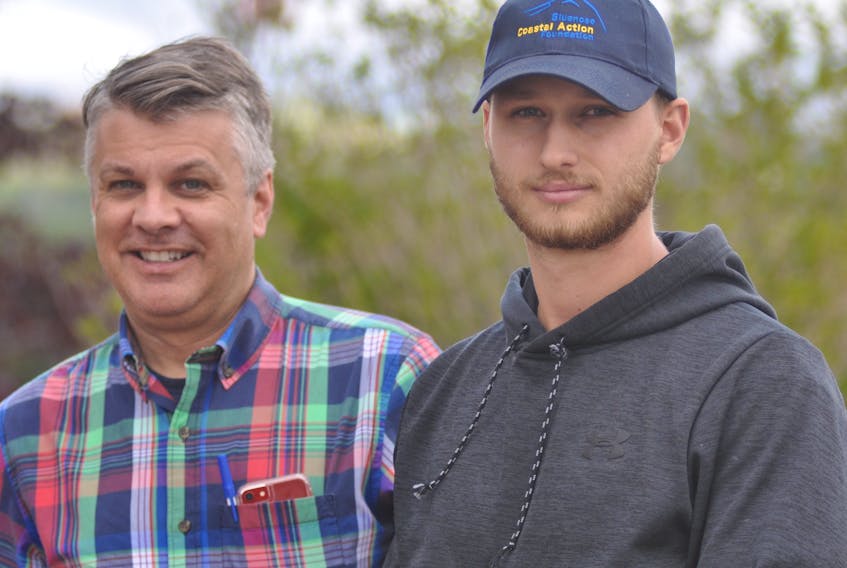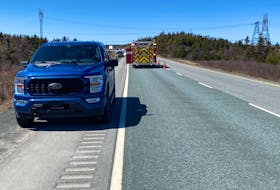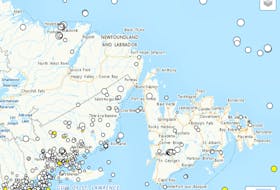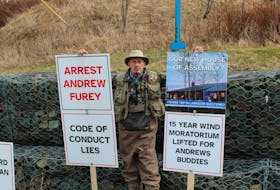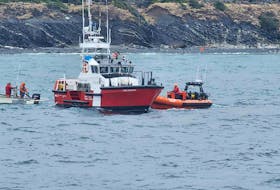The Bluenose Coastal Action Foundation in Lunenburg County, N.S., started in 1993 under the Atlantic Coastal Action Program with a concentration on marine projects.
Over the years the foundation has branched off into freshwater work related to Atlantic salmon, species at risk and environmental education.
As it grew, Sam Reeves said it just seemed like a good idea for the foundation to diversify.
With it being common to have streams and rivers flow through farms, agriculture seemed like the next obvious choice, said Reeves, the foundation’s watershed and agriculture project co-ordinator.
With the foundation and ACAP-Humber Arm sharing a lot of parallels in terms of their origins and growth, the local group invited Reeves to visit the area this week to learn more about the some work the foundation has been doing with farms around Lunenburg County.
ACAP-Humber Arm is very interested in doing something similar here.
Reeves said the foundation’s Agriculture Stewardship Project focuses on watershed health in relation to agriculture.
The voluntary program includes a personalized assessment of a participating farm and recommendations on things a farmer can do to increase biodiversity on the farm.
“We try to work with farmers to ensure that if there’s any streams or rivers that flow through the property that the farm activities are having a minimal impact on that.”
A second focus is on the species that can be found on a farm, and that’s outside of the animals that may be housed there.
“Farms actually create a unique habitat for a wide variety of species,” he said, noting that certain species of birds look for hay fields to make their nest in.
“So, it’s important that the farmers try to make a couple of changes to their activities such as when they hay their fields just to ensure these birds can reproduce.”
In 2016 and 2017 four farms participated in the voluntary project with the foundation covering the cost implementing the recommendations.
At one farm, it created a crossing for cattle to help prevent erosion along a streambank.
“We approach them very openly and we make sure they understand that we’re not coming there to tell them what they’re doing wrong. We make note of what they’re doing good and just make recommendations that they don’t have to follow.”
During Reeves’ visit he’s been meeting with local government officials, MHAs and farmers to help gauge interest for ACAP-Humber Arm to determine if it is feasible here.
Sheldon Peddle is the executive director of ACAP-Humber Arm.
“This is perhaps the next evolution to start looking at the effects of some of the land-based activities on our freshwater bodies,” he said of organization’s interest in the program, which he considers a natural fit for ACAP-Humber Arm.
“If you look at agriculture in Newfoundland most of it within western Newfoundland is along major waterways such as the Humber River.”
While there are already environmental farm plans in the province that have been developed between farmers and Service NL, Peddle said they are very large comprehensive documents and the few he’s seen tend to be very general.
What implementing a plan like the foundation has done would result in a tailored assessment of participating farms.
Peddle said the board will explore the possibility of launching a pilot project over the fall. If it decides to go ahead, he said, they would want to have something in place for 2019.

